Description
Sodium Persulfate: The Versatile Oxidizer You Should Know
Sodium persulfate (Na₂S₂O₈), also known as sodium peroxydisulfate, is a powerful oxidizing agent with a wide range of industrial and laboratory applications. This white, crystalline solid is readily soluble in water, forming a solution that decomposes slowly, releasing oxygen and generating sulfate ions. Its versatility stems from its strong oxidizing potential and its ability to generate free radicals, making it a key player in diverse fields.
How Does it Work?
Sodium persulfate acts as an oxidizer by accepting electrons from other substances. In aqueous solutions, it undergoes decomposition, especially at elevated temperatures, generating sulfate radicals (SO₄⁻•). These highly reactive radicals are responsible for the majority of its oxidizing power, initiating chain reactions that can break down complex molecules, polymerize monomers, or remove unwanted contaminants.
Key Applications:
The diverse properties of sodium persulfate lead to its use in a variety of applications:
- Polymer Chemistry: As an initiator for emulsion polymerization, sodium persulfate is crucial in the production of many plastics, rubbers, and adhesives. It helps kickstart the chain reactions necessary to link monomers together, forming long polymer chains. This is particularly important in the production of acrylics, latex paints, and synthetic rubber.
- Etching and Cleaning: In the electronics industry, sodium persulfate is used as an etching agent for printed circuit boards (PCBs). It selectively removes unwanted copper, leaving behind the desired circuit patterns. Its relatively safe handling compared to other etchants makes it a popular choice. Furthermore, it’s used as a cleaning agent for metal surfaces, removing rust and scale due to its oxidizing power.
- Hair Bleaching and Lightening: Sodium persulfate is a key ingredient in many hair bleaching and lightening products. It oxidizes the melanin pigments in hair, leading to a lightening effect. Due to its potential for irritation, it’s often used in combination with other ingredients that help buffer and protect the scalp.
- Soil Remediation: In environmental applications, sodium persulfate is used for in-situ chemical oxidation (ISCO) to remediate contaminated soil and groundwater. It can degrade a wide range of organic pollutants, including petroleum hydrocarbons, chlorinated solvents, and pesticides. The generated sulfate radicals effectively break down these contaminants into less harmful substances.
- Laboratory Reagent: In the lab, sodium persulfate is used as a powerful oxidizing agent in various chemical reactions and analytical procedures. It’s used for cleaning glassware, oxidizing organic compounds for analysis, and as a component in enzyme assays.
- Textile Industry: In the textile industry, sodium persulfate is used as a desizing agent to remove starch-based sizing agents from fabrics. It can also be used as a bleaching agent for certain types of textiles.
Handling and Safety:
While versatile, sodium persulfate should be handled with care. Here are some key safety considerations:
- Eye and Skin Irritant: It can cause irritation to the eyes, skin, and respiratory system. Wear appropriate personal protective equipment (PPE) such as gloves, eye protection, and a respirator when handling it.
- Oxidizing Agent: As a strong oxidizing agent, it can react violently with flammable materials. Keep it away from heat sources, combustible materials, and reducing agents.
- Hygroscopic: It absorbs moisture from the air, so store it in a tightly sealed container in a cool, dry place.
- Decomposition: Decomposition products include oxygen and sulfur oxides, which can be irritating to the respiratory system.
Conclusion:
Sodium persulfate is a powerful and versatile chemical compound with a broad spectrum of applications spanning multiple industries. Its oxidizing properties, coupled with its relatively safe handling compared to some alternatives, make it a valuable tool in polymer chemistry, electronics manufacturing, environmental remediation, and various other fields. Understanding its properties and handling precautions is crucial for utilizing its potential safely and effectively. As research and development continue, we can expect to see even more innovative applications for this essential chemical compound.


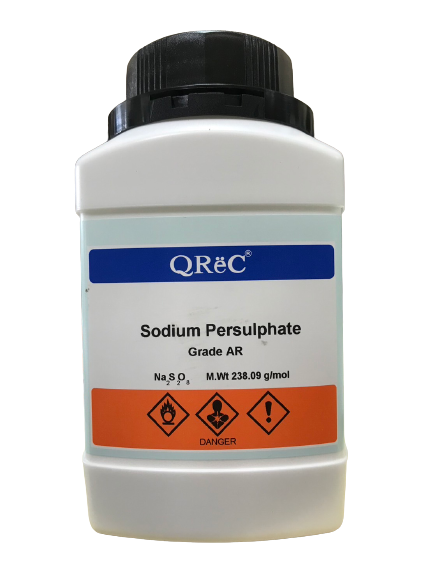
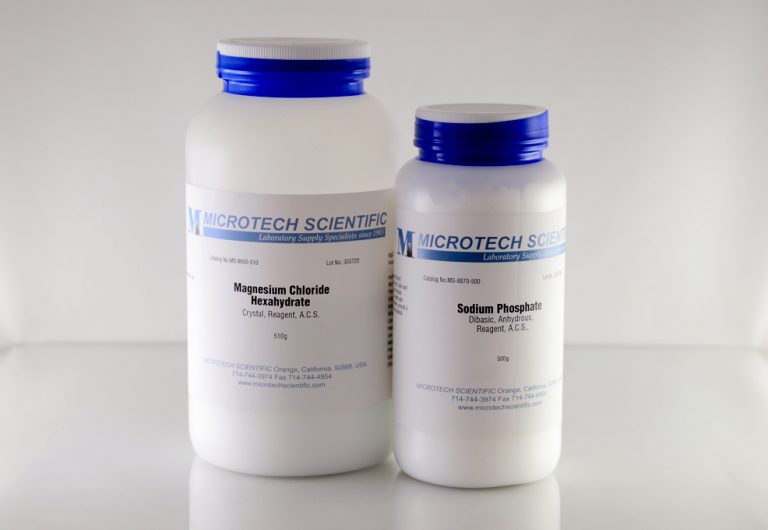
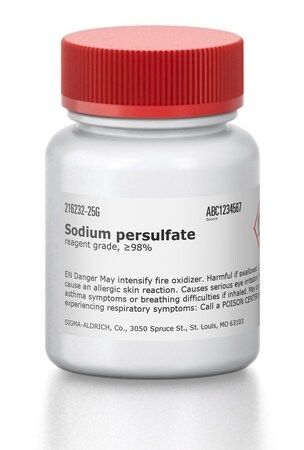

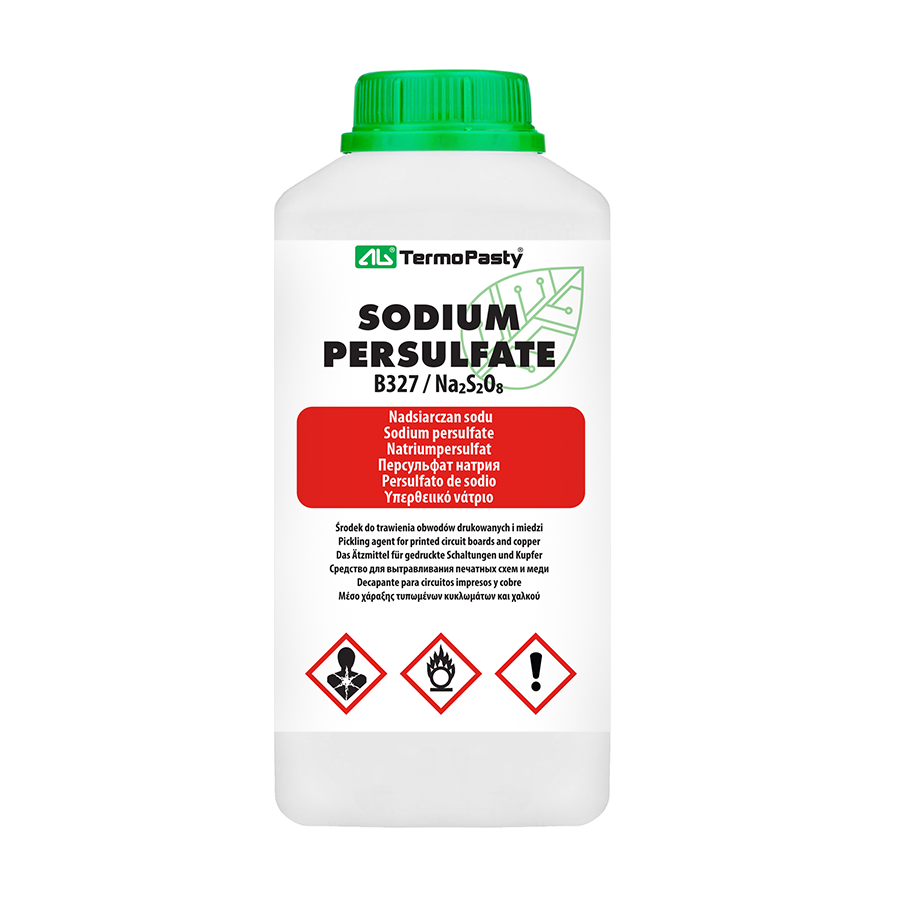
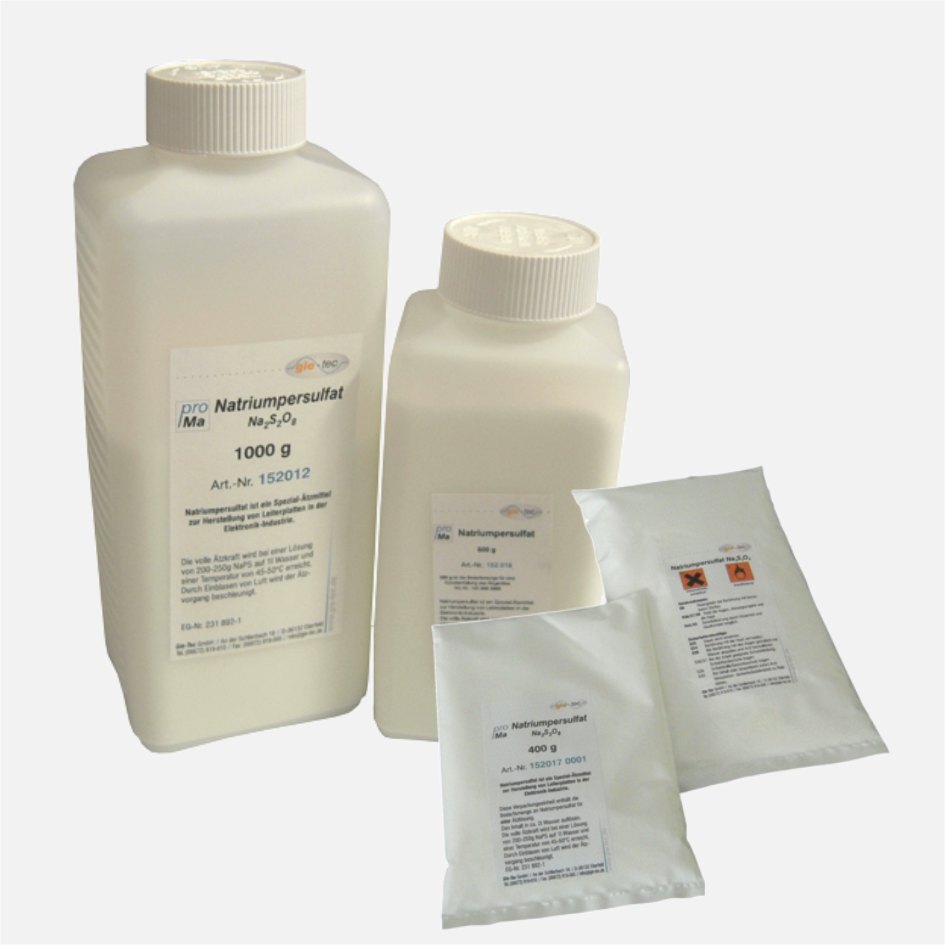
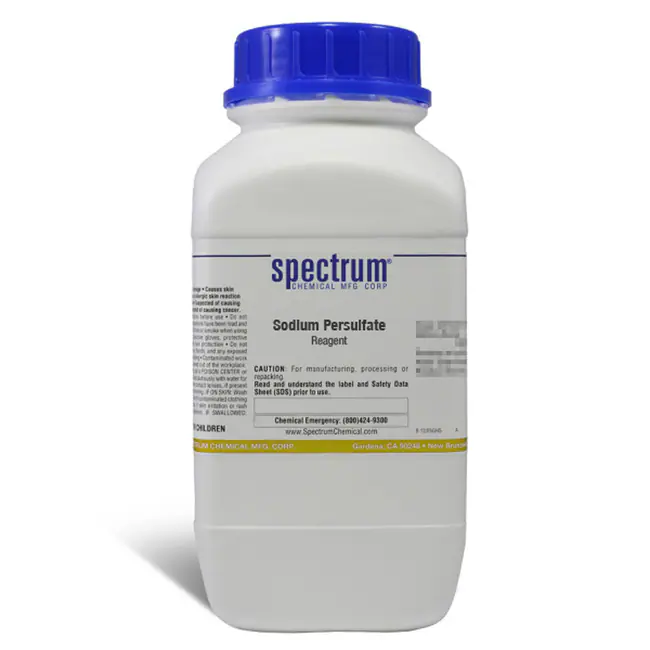
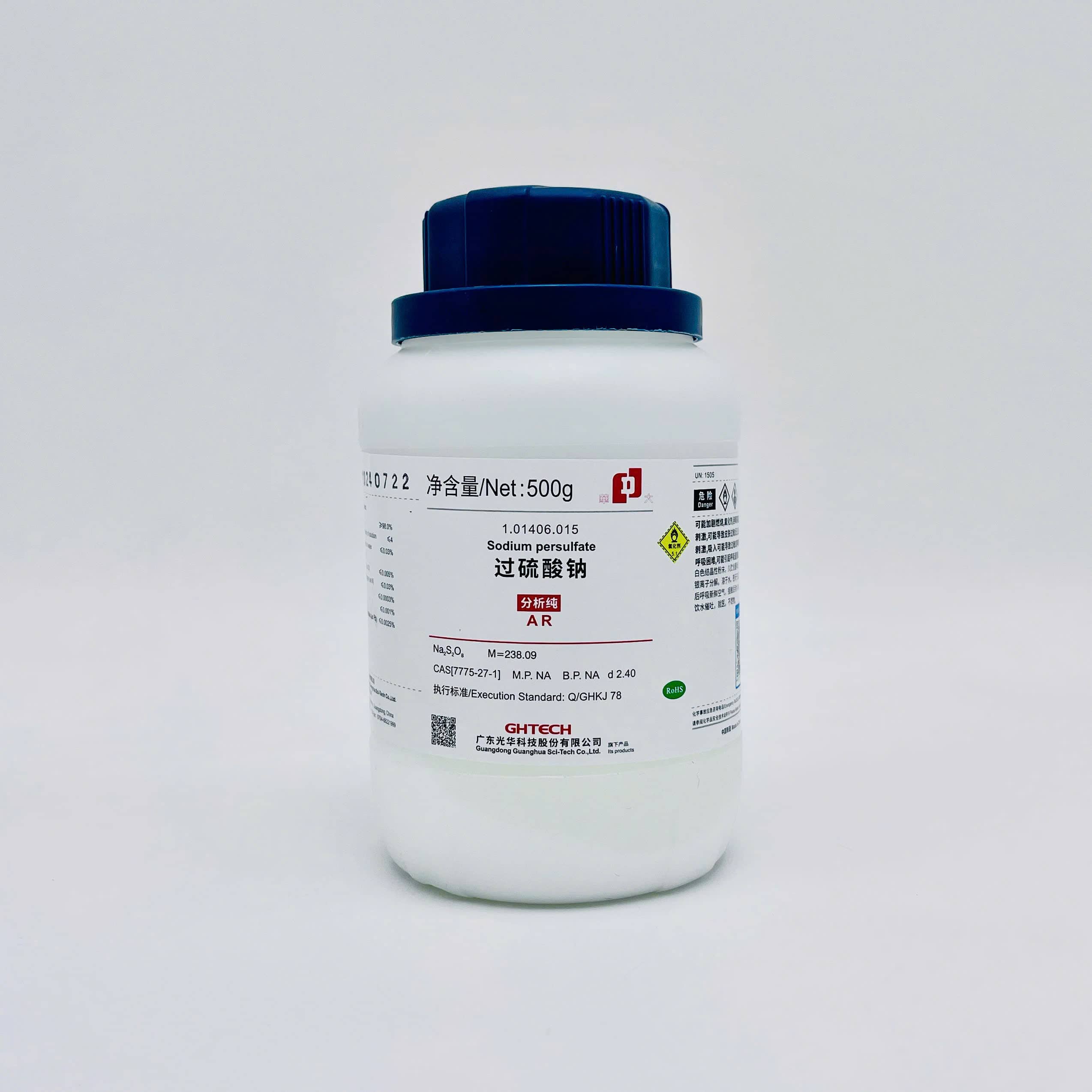
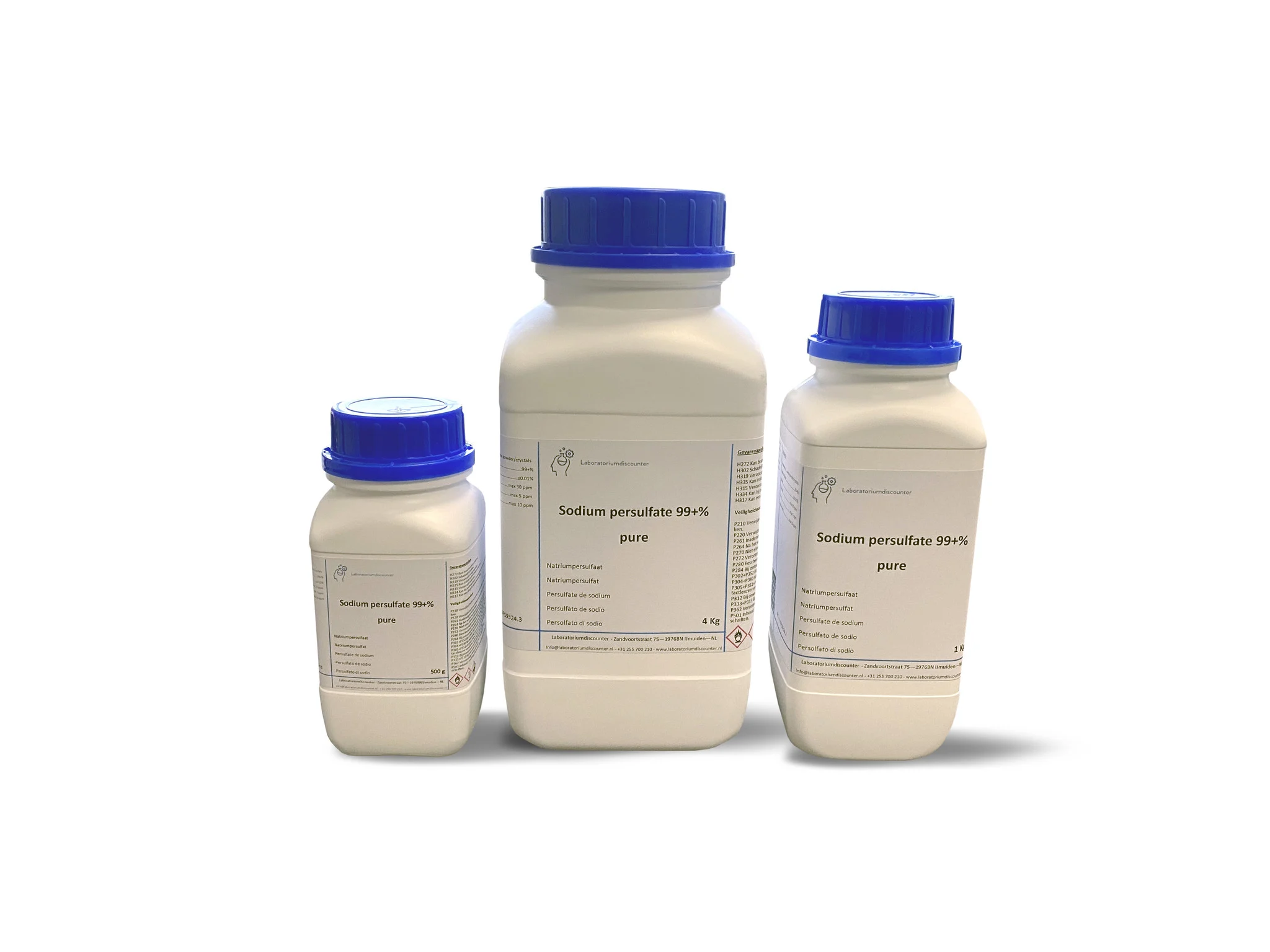
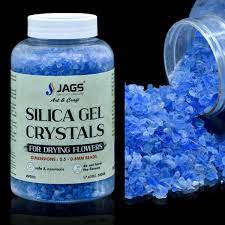
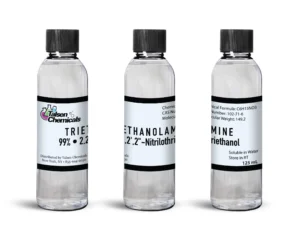
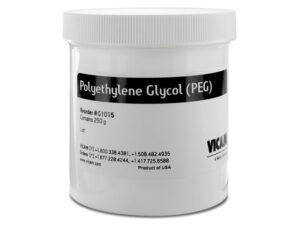

Reviews
There are no reviews yet.